Chamomile In Containers: Growing Chamomile In Pots
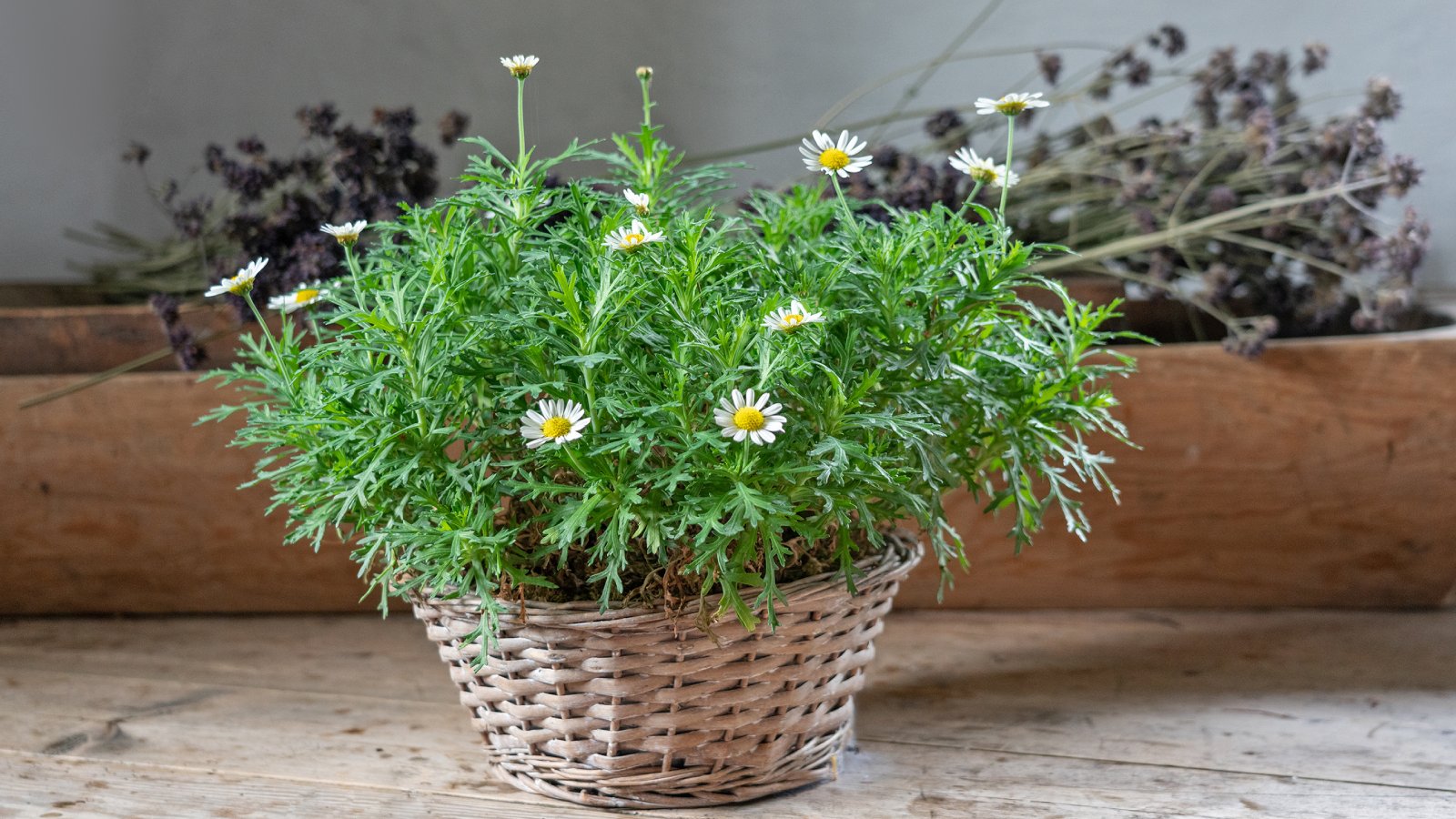

Chamomile is a pretty herb prized for its delicate, daisy-like flowers. You can dry the flowers and brew them into a tasty chamomile tea that aids digestion and relieves stress. You can grow chamomile in beds, in herb gardens, and in containers.
Knowing how to grow chamomile in a pot allows you to enjoy this tasty herb and its delicate aroma and flavor even if your outdoor space is limited. Grow it on a patio or balcony or even indoors. Many people also prefer to grow it in a container, as it reseeds and spreads readily; growing it in pots allows for more control.
How to Grow Chamomile in Containers
Chamomile grows well in containers. As long as you provide the right conditions, it shouldn’t suffer from being container-grown. Just be sure you start with a pot that is large enough to contain it. Roman chamomile is a good choice because it only grows to about a foot (30 cm) tall.
Any kind of container will do, but terracotta works well because it won’t tip over easily. It also allows for air and water to flow through the soil and roots. Be sure any container you choose has drainage holes in the bottom.
Planting Chamomile in Contianers
When planting in pots, consider starting chamomile from seeds. Chamomile plants don’t transplant well, but if you choose this option, start with very small plants. They should only be two or three inches (5.0 or 7.5 cm) tall at most.
Starting with seeds is a better choice to avoid issues associated with transplanting seedlings. Follow these simple steps:
- Prepare a pot by filling it with quality potting mix.
- Moisten the potting mix with water.
- Sprinkle chamomile seeds on top and gently press them into the potting mix. Do not cover them.
- Keep the mix moist and place the pot in a spot with at least six hours of bright light per day.
- The seeds should sprout in one or two weeks.
- Once seedlings have two mature leaves, thin them out, leaving just one healthy plant per container.
You can place the container outside after the last frost of spring, but harden the plants off first. Set them outside in a shady spot for a few hours per day, then in the sun for an hour each day. Increase the amount of time in the sun over several days before leaving them outside permanently.
Gardening tips, videos, info and more delivered right to your inbox!
Sign up for the Gardening Know How newsletter today and receive a free copy of our e-book "How to Grow Delicious Tomatoes".
Caring for Chamomile in Containers
Once you have a healthy, growing chamomile container garden going, provide your plants with the right conditions to enjoy a harvest of chamomile flowers.
Lighting Conditions
Chamomile grows best in full sun or partial shade. Some afternoon shade is best during very hot conditions.
Temperature and Humidity
Chamomile does not do well with extreme temperatures. Pull containers inside if there is any danger of frost overnight and provide shade during heat spells. Chamomile doesn’t require humidity and tolerates drought fairly well.
Water
Although it tolerates drought, you should keep potted chamomile well-watered, being mindful that the roots will dry out more readily in a container than in the ground. Water the soil thoroughly as it begins to dry at the top of the container. About one inch (2.5 cm) of water per week is ideal.
Fertilizer
Chamomile doesn’t need a lot of fertilizer and in fact, can become bitter or grow more leaves than flowers if it’s over-fertilized. Container plants don’t have access to as many nutrients as those in the ground, so you can apply a balanced, diluted natural fertilizer a couple of times during the growing season to keep them healthy. Alternatively, mix compost into the potting soil.
Problems When You Grow Chamomile in Pots
There are no serious pests, diseases, or problems associated with growing chamomile in containers. Keep an eye on soil moisture, finding the right balance, as pots can easily dry out or become waterlogged, causing root rot.
Roman chamomile grows very well in containers, but German chamomile might not be the best choice. It grows taller and can be hard to keep upright.
Sunlight can be an issue when growing potted herbs inside. Take the container outside in summer or place it by a sunny window.
Frequently Asked Questions
Should I Deadhead Chamomile?
Deadhead your chamomile to harvest the best-tasting flowers for tea and to encourage more blooms.
Does Chamomile Come Back Every Year?
Chamomile grown in beds usually reseeds, but this won’t likely occur when plants are container-grown. Let some of the flowers stay on the plant to produce seeds and collect these to use the following year.
Can I Plant Chamomile and Lavender Together?
Chamomile and lavender grow well together in beds, but each should have its own pot for a container garden.

Mary Ellen Ellis has been gardening for over 20 years. With degrees in Chemistry and Biology, Mary Ellen's specialties are flowers, native plants, and herbs.
-
 4 Superfast Composting Methods: Turn Waste Into Garden Gold In 30 Days Or Less
4 Superfast Composting Methods: Turn Waste Into Garden Gold In 30 Days Or LessTry the fastest composting methods to turbocharge your pile and transform kitchen scraps and garden waste into finished compost in just a few weeks.
By Mary Ellen Ellis
-
 Best Spider Plant Soil – Complete Soil Guide And Expert Tips For Keeping Plants Happy
Best Spider Plant Soil – Complete Soil Guide And Expert Tips For Keeping Plants HappySpider plants are fun and easy plants to grow, but what is the best soil for a spider plant? Selecting the right soil is important so they can thrive.
By Bonnie L. Grant
-
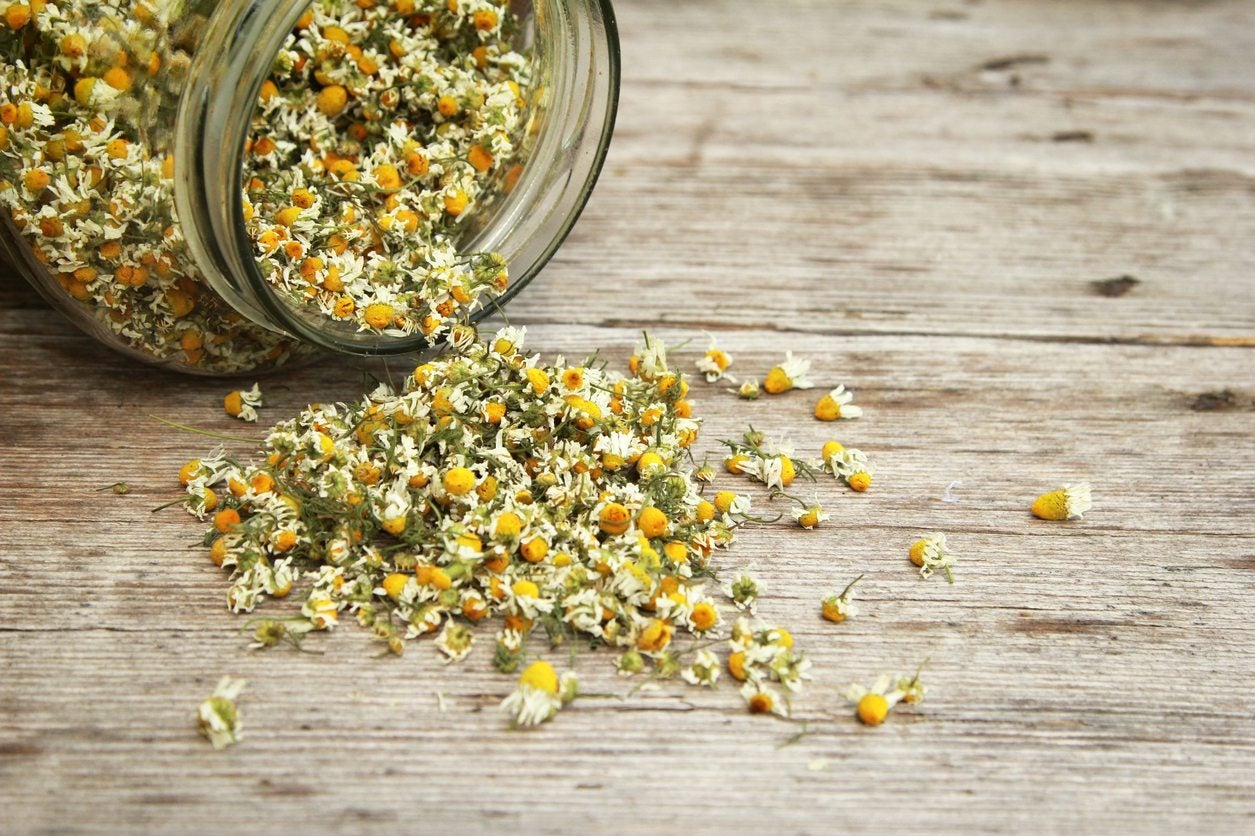 How To Dry Chamomile Plants – Tips For Drying Chamomile Flowers
How To Dry Chamomile Plants – Tips For Drying Chamomile FlowersChamomile, unlike other herbs, is harvested just for its lovely, daisy-like flowers, which are then preserved. Chamomile preservation basically means drying the chamomile flowers. There are four chamomile drying techniques. Click here to find out how to dry chamomile.
By Amy Grant
-
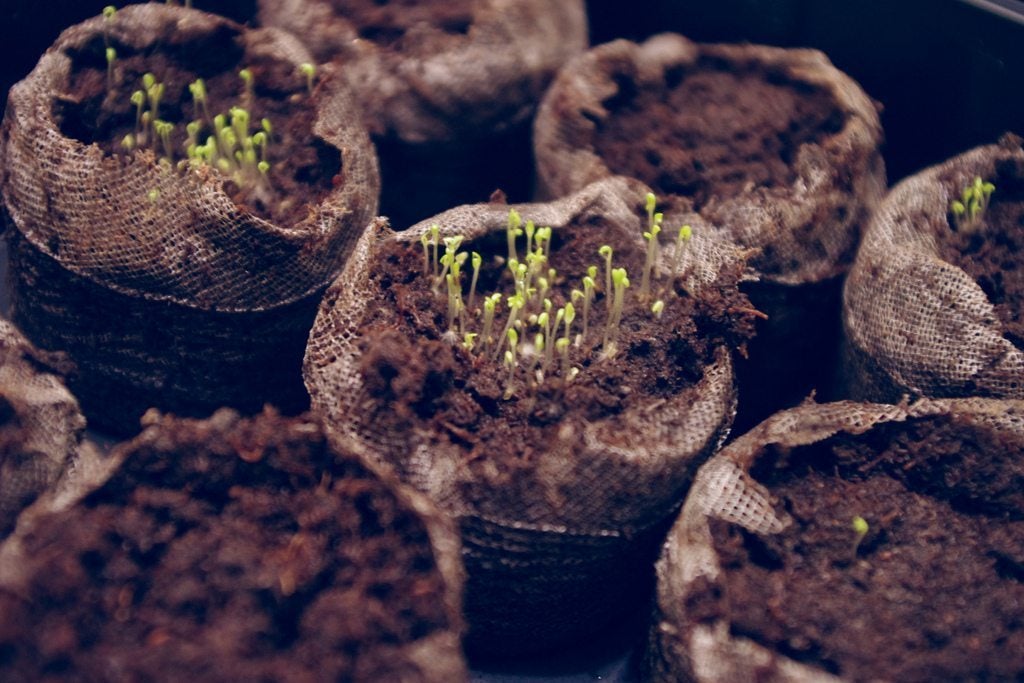 Chamomile Seed Info: How And When To Plant Chamomile Seeds
Chamomile Seed Info: How And When To Plant Chamomile SeedsAll chamomile types produce an abundance of seed that will quickly self-sow wherever it lands in warm, loose soil. Click on the following article to learn more about growing chamomile from seed and when to plant chamomile seeds in the garden.
By Darcy Larum
-
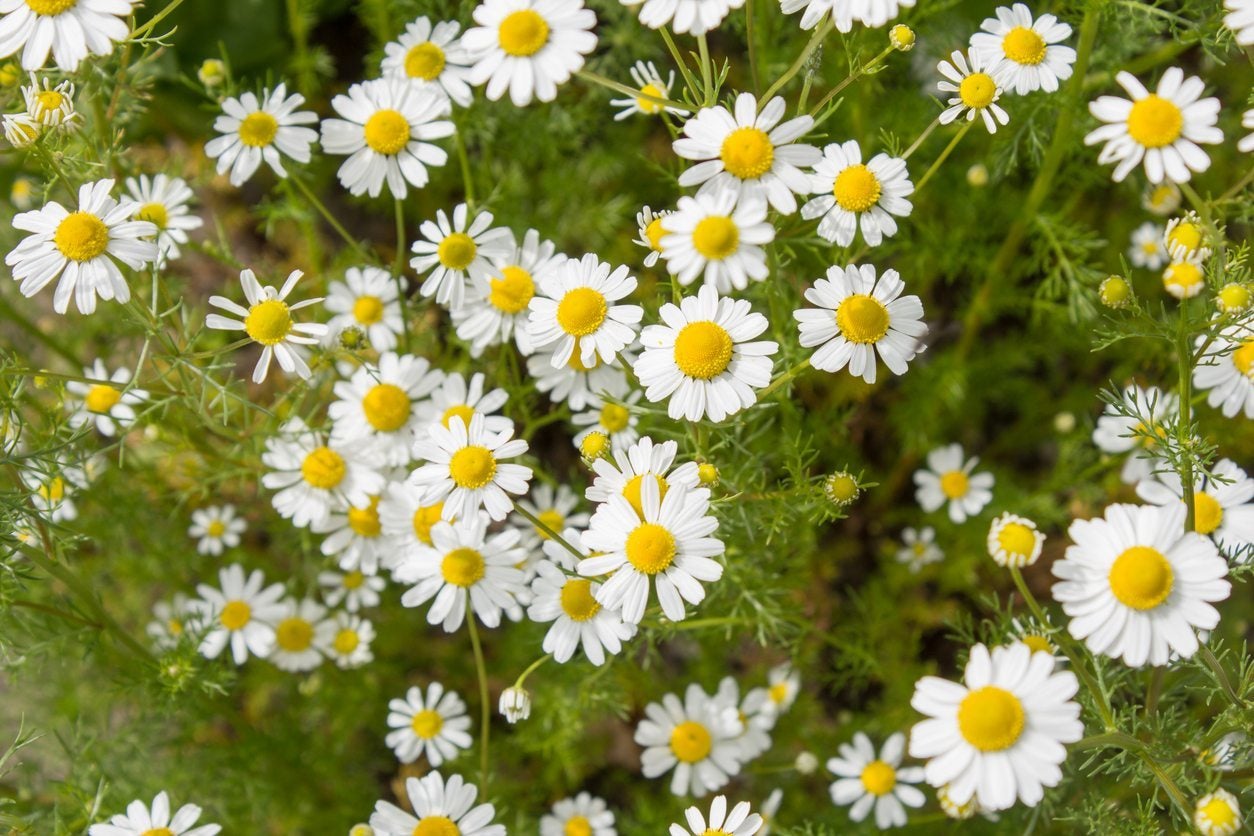 Chamomile Not Flowering: Why Won’t My Chamomile Bloom
Chamomile Not Flowering: Why Won’t My Chamomile BloomChamomile is usually the go-to remedy for so many things, but what can you go to when it is a chamomile plant that needs a remedy - for example, how to make a chamomile plant flower if it's not. Learn more about non-blooming in chamomile here.
By Darcy Larum
-
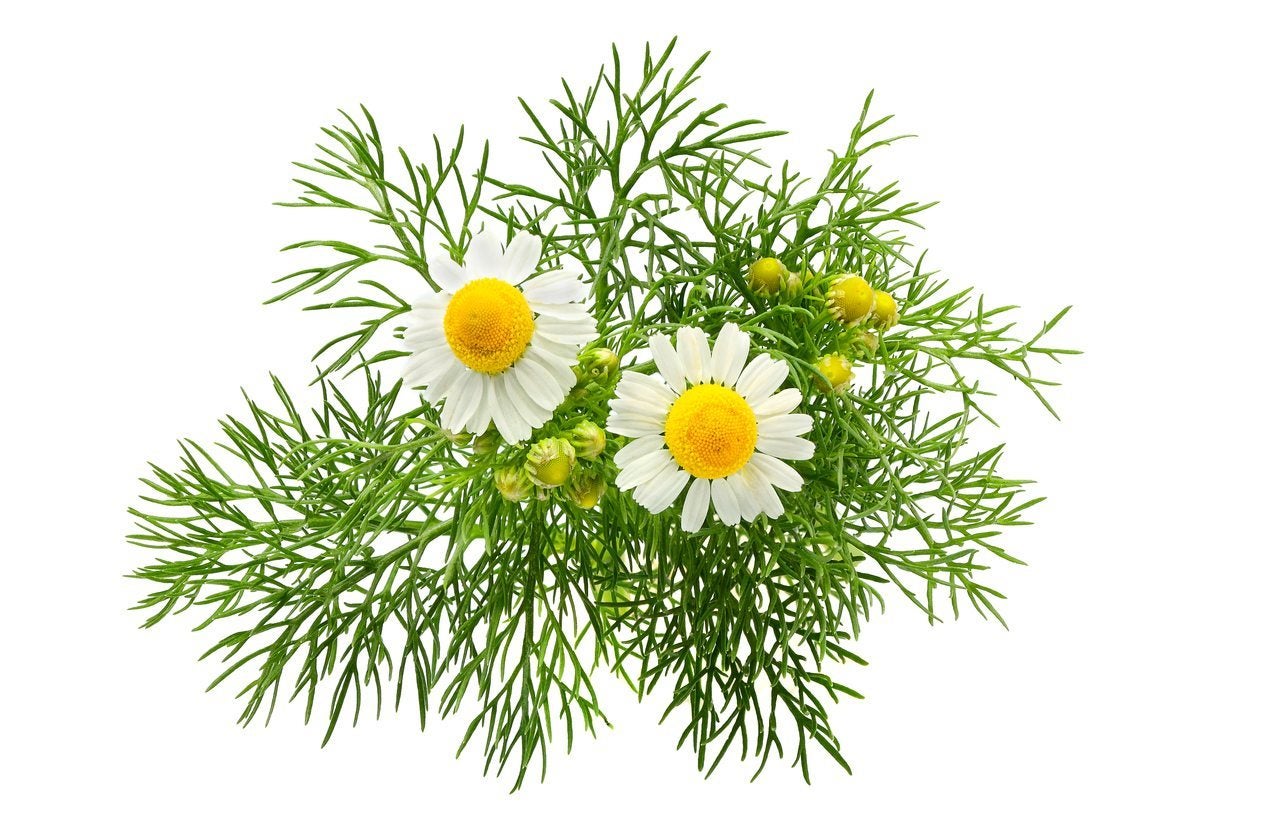 Roman Vs. German Chamomile – Learn About Different Types Of Chamomile
Roman Vs. German Chamomile – Learn About Different Types Of ChamomileIf you're so fond of the tea that you decide to grow chamomile in your own garden, you may be surprised to find that there are different types of seeds and plants available. Click here to learn about distinguishing between different chamomile varieties.
By Darcy Larum
-
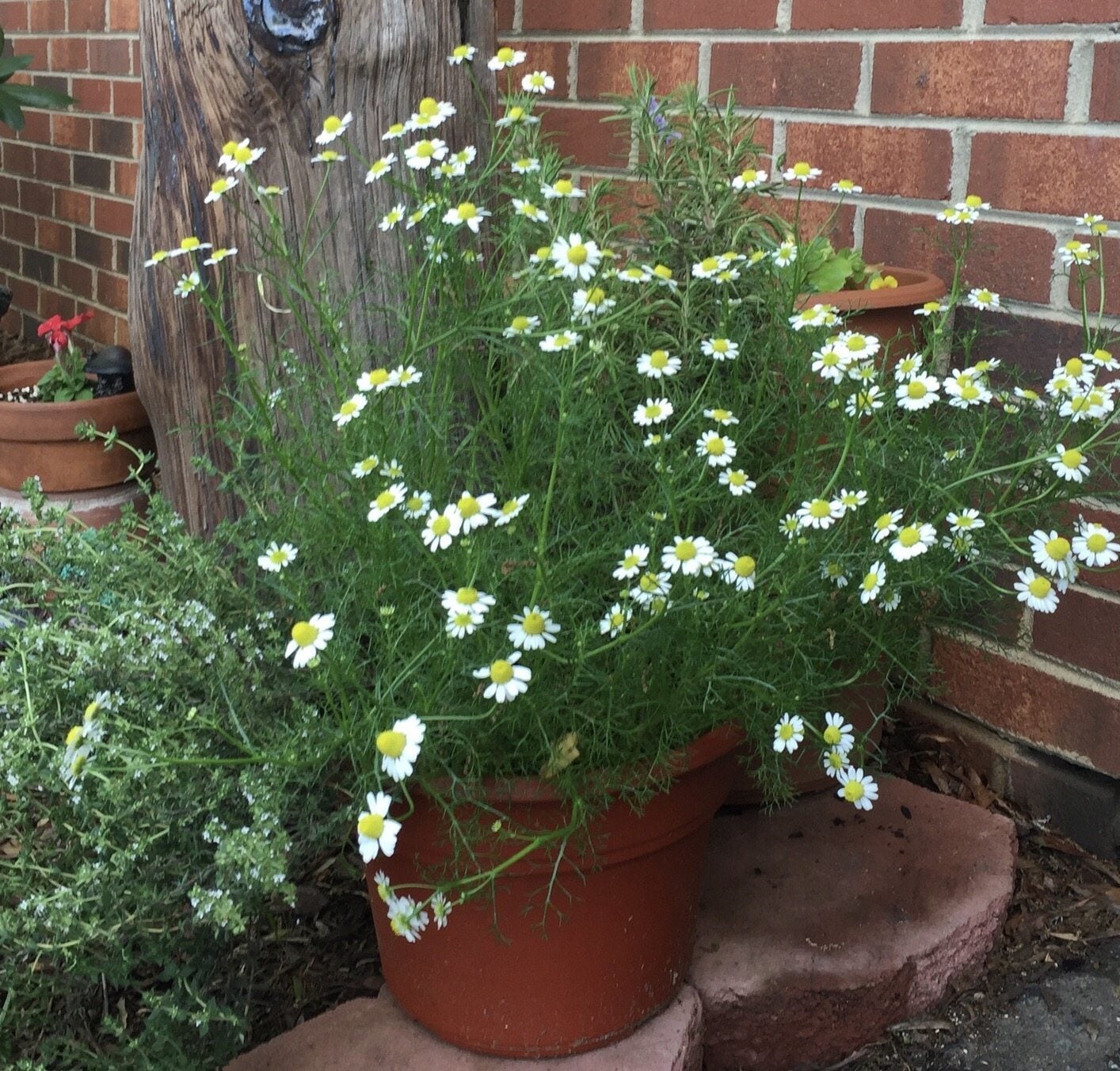 Potted Chamomile Plants – How To Grow Chamomile In A Container
Potted Chamomile Plants – How To Grow Chamomile In A ContainerGrowing chamomile in containers is perfect if you're worried the generous self-seeder may be too rambunctious in the garden. Click fore more.
By Mary H. Dyer
-
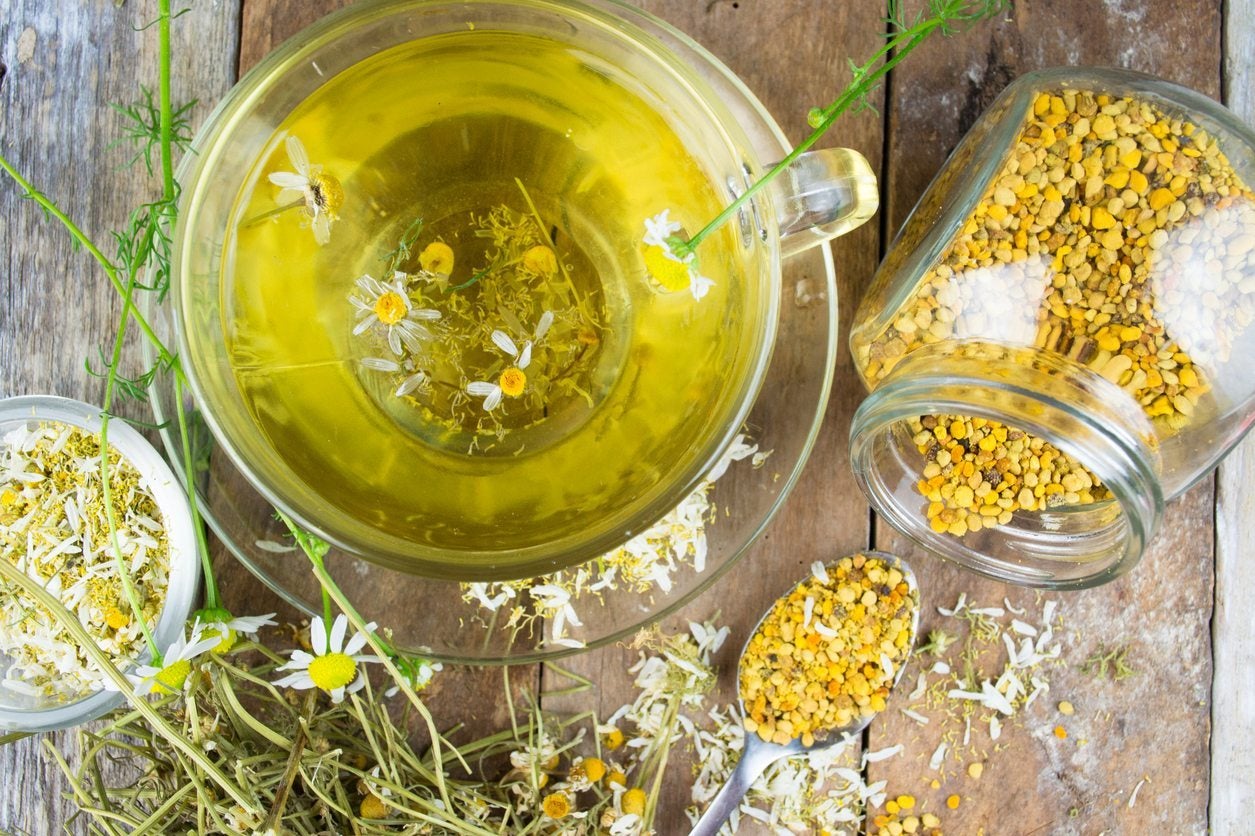 Is Chamomile Edible – Learn About Edible Chamomile Uses
Is Chamomile Edible – Learn About Edible Chamomile UsesTraditionally, many generations have appreciated chamomile for its curative qualities, and to this day, people rely on chamomile tea to calm frazzled nerves and relax at bedtime. But is chamomile edible, and if so, what parts of chamomile are edible? Find out here.
By Mary H. Dyer
-
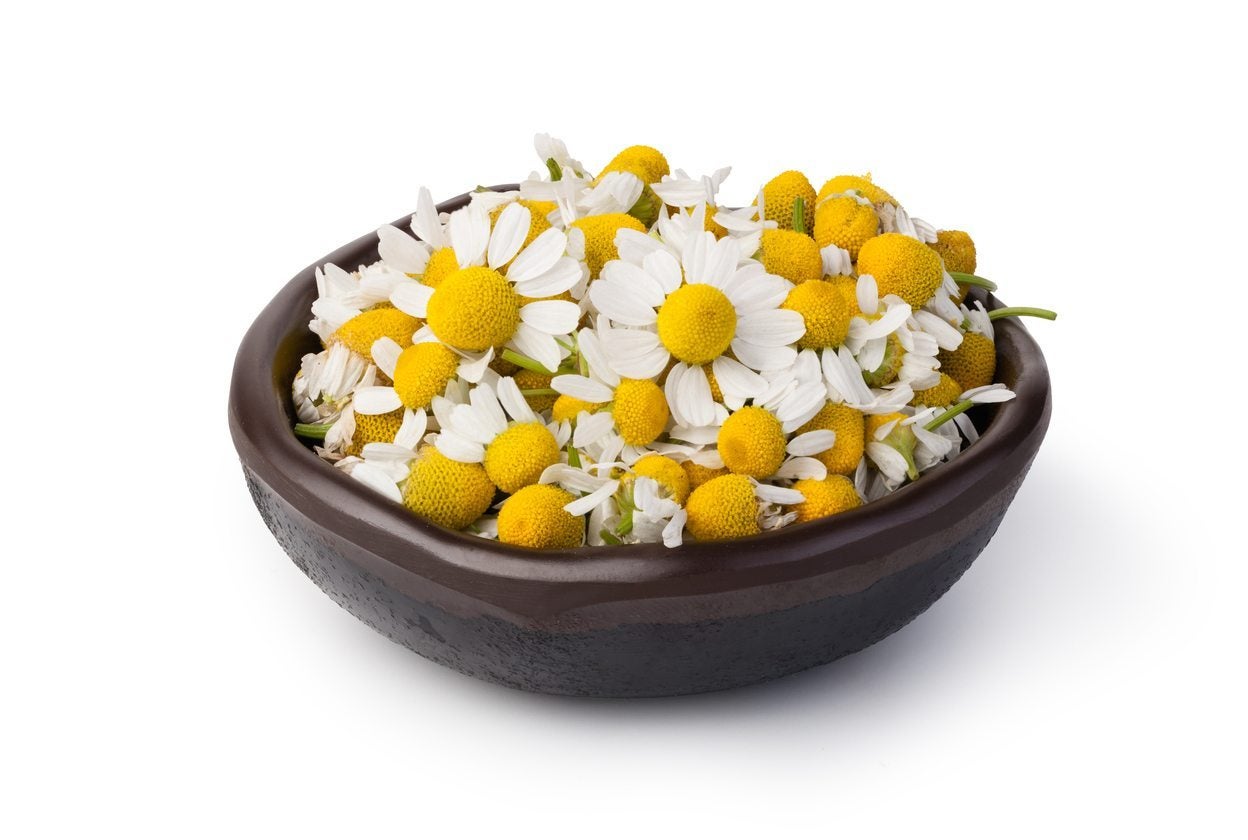 Harvesting Chamomile Plants: When To Pick Chamomile Flowers
Harvesting Chamomile Plants: When To Pick Chamomile FlowersChamomile is useful for so many ailments and is easy to grow too, but how do you know when to pick chamomile? Not only do you need to know when to harvest chamomile, but how to harvest chamomile. Click this article to find out about picking chamomile plants.
By Amy Grant
-
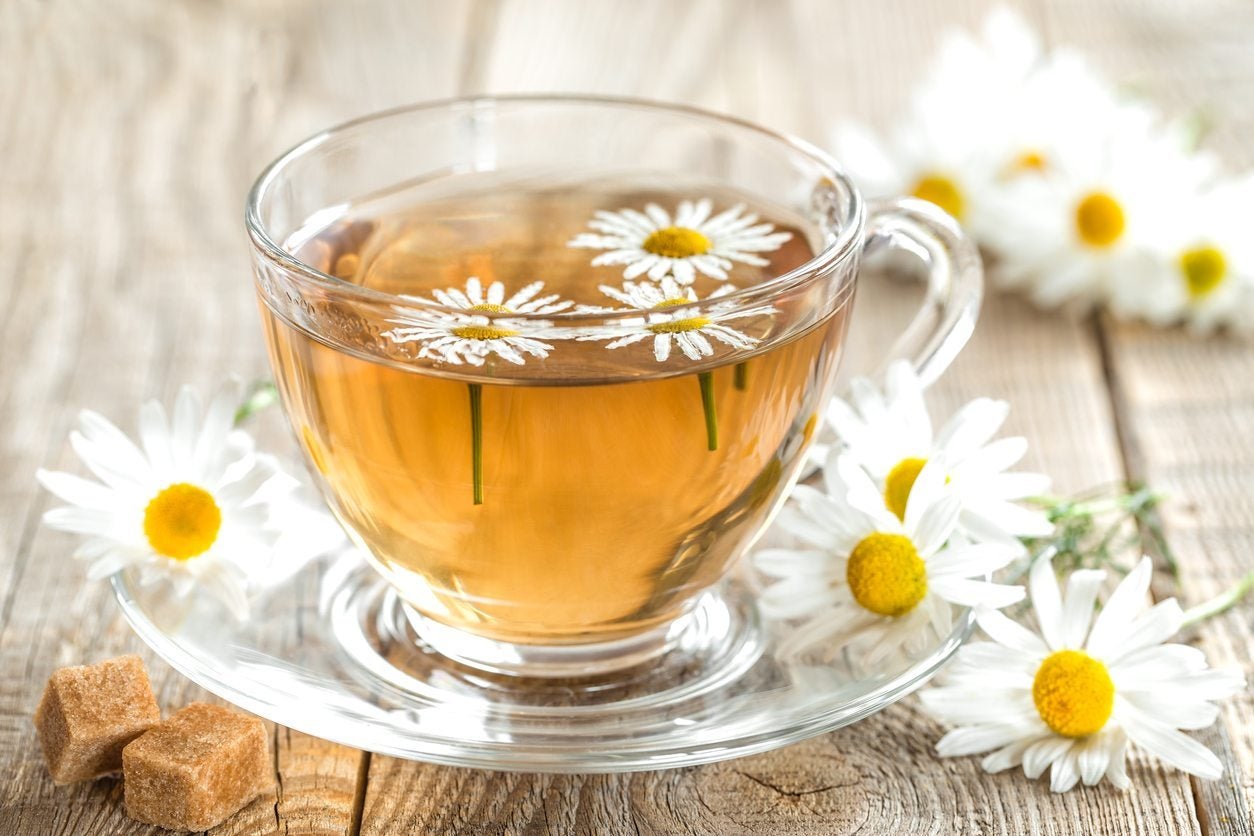 Growing Chamomile Tea: Making Tea From Chamomile Plants
Growing Chamomile Tea: Making Tea From Chamomile PlantsIf you?ve never thought about growing your own chamomile tea plant for tea brewing, now?s the time. Chamomile is easy to grow and thrives in a variety of areas. Use the information from this article to find out how to grow chamomile for tea.
By Amy Grant